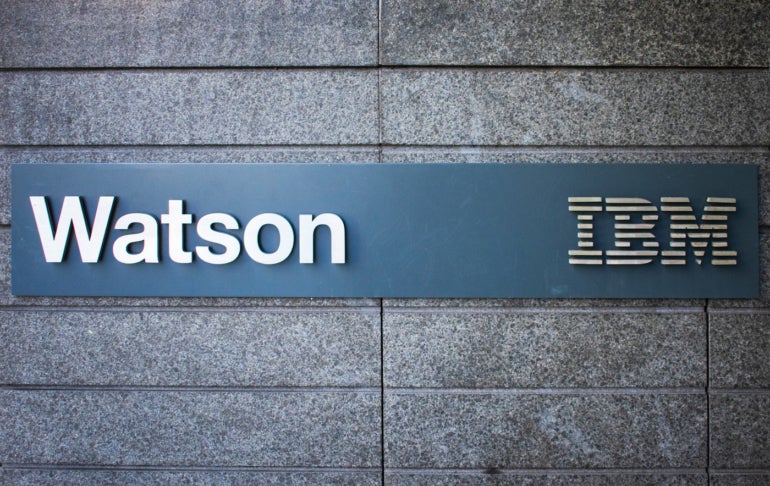IBM makes plans with Meta’s Llama 2. Plus, why open source may or may not be a differentiator in generative AI.

The race for territory in the generative AI-as-a-service world continues as IBM partners with Meta’s open-source large language model, Llama 2. Watsonx is a generative AI foundation model platform, while watsonx.ai is the studio for building and fine-tuning foundation models, including generative AI and machine learning applications.
“IBM believes a platform is only as valuable as the ecosystem it enables,” said Tarun Chopra, vice president of product management for IBM Data and AI, in an email to TechRepublic. “All of the world’s enterprises and their customers — not just a select few — should benefit from foundation models and generative AI.”
Jump to:
What does Llama 2 add to watsonx.ai?
Users of IBM’s Watsonx data enterprise platform now have access to Meta’s Llama 2, IBM announced on July 18. Depending on the version, Llama 2 can be up to a 70-billion parameter model. It was trained on 2 trillion tokens of data from publicly available sources.
Including Llama 2 in Watsonx is part of a business strategy of portraying and providing “open innovation that’s guarded by embedded governance and trustworthy principles,” Chopra said.
Llama 2 is now available within the watsonx.ai studio in early access for select clients and partners. IBM has not yet revealed a date for a full release.
The watsonx.ai prompt lab has a guardrail function users can turn on or off to remove potentially harmful content from both the input and output text.
SEE: Hiring Kit: Prompt Engineer (TechRepublic Premium)
What is open source when it comes to generative AI?
There has been some opposition in the developer community over the use of the term open source in the context of Meta and Llama 2. The Open Source Initiative, one of the standards bodies behind open-source software, is still in the process of defining what open source means when referring to generative AI.
“The value in an AI tool isn’t simply in the model or algorithm,” said Peter Zaitsev, founder of open-source database software company Percona, in an email to TechRepublic. “An equally important element is the data or AI weights (a.k.a. neural net weights) used to train the model for a specific use or application. This aspect is inherently tricky for applying open source principles.”
Until the OSI develops a standard, companies like Meta “are misusing the ‘open’ title for their own benefit,” Zaitsev said.
How business leaders should decide on a generative AI platform
“Business leaders should seek platforms and models that can safely tap their organizations’ unique data sets and proprietary domain knowledge,” Chopra said.
He also offered the following questions to ask when choosing which generative AI platform to use:
- Do you have direct access to the tools, technology, infrastructure and expertise that will empower you to either build your own models or adapt third-party models and deploy them at scale?
- Will you be able to leverage and retain your own data?
- Do you feel confident you can adequately manage and govern your models throughout their life cycles?
SEE: Generative AI may change the way security professionals see the cloud. (TechRepublic)
What are Llama 2 and watsonx.ai’s competitors?
Llama 2 competes primarily with GPT-4 and Anthropic’s Claude 2. Other players in the AI platform space include Amazon SageMaker Studio, Google Vertex AI and Microsoft Azure AI.
Source of Article



